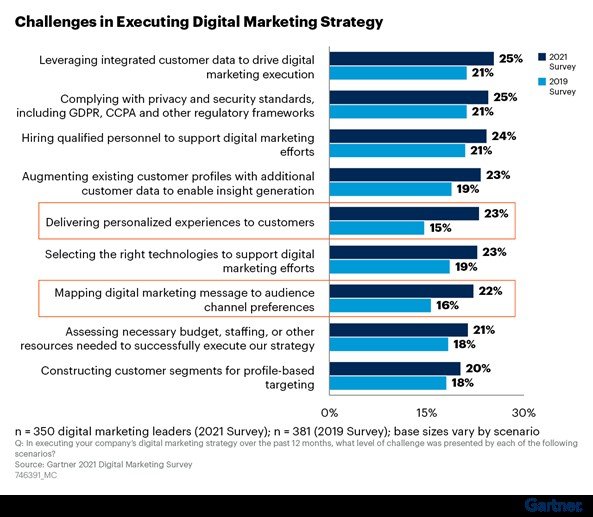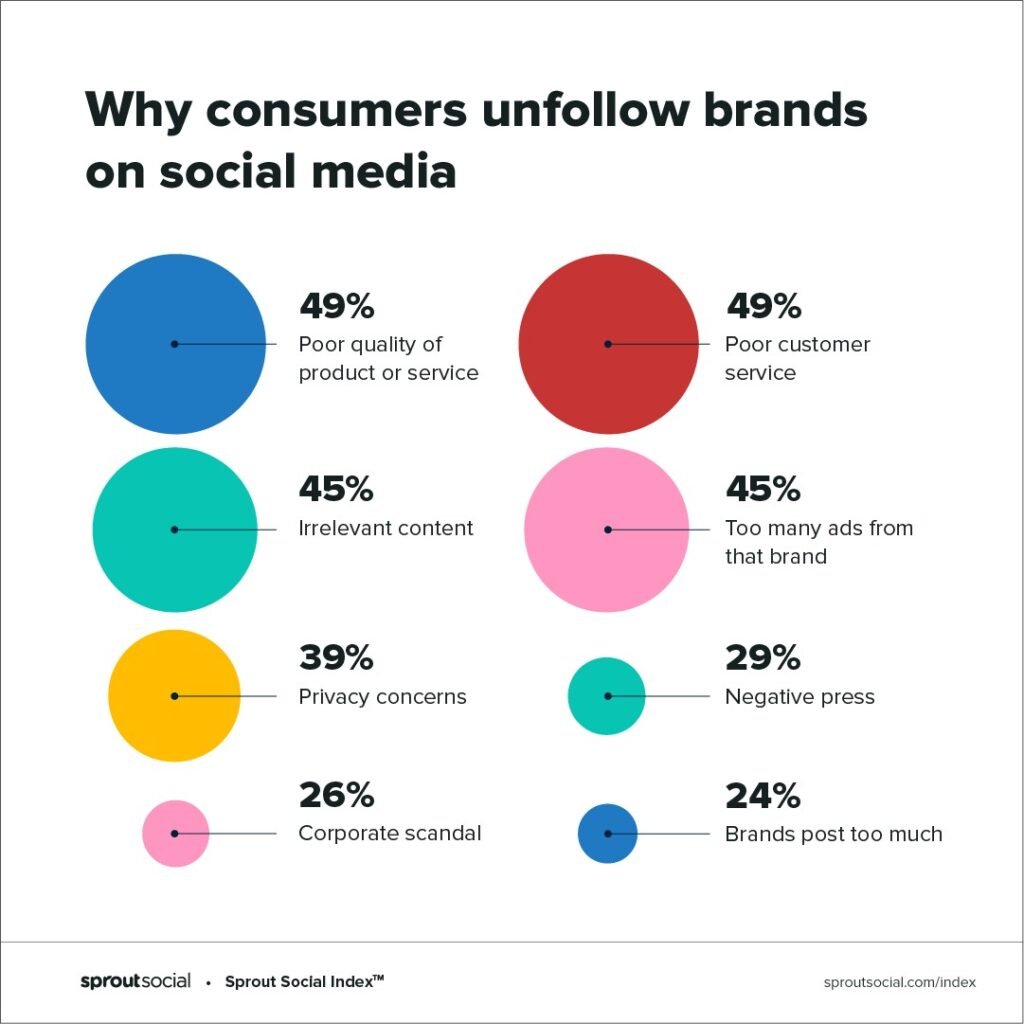Marcom can’t be a piecemeal strategy. It needs to be connected to data and cross-functional expertise to be impactful.
High-quality marketing communication inspires your audience to take action and drives better business results. But to craft excellent communications, CMOs must build a robust core and gauge marcom competencies.
This article will deconstruct that and offer insights that would help marketing leaders deliver impact. Let’s drill it down.
Why Marketing Communications matter so much
Marcom isn’t only about promoting a brand; it gives your brand a personality. Along with CX, marcom matters a lot for loyalty and brand memory. How a brand decides to speak to and engage its audience in turbulent times makes a huge difference.
It shows customers what you stand for as a brand and how you prioritize them. But most brands fail to intentionally communicate with their audience since unaligned communications often lead to inconsistent brand interactions.

What you can do about it
There’s an empathy gap. Brands collect customer data to offer personalized communications, but it takes more to orchestrate customer journeys in a digital setting.
You need a single unified view of the customer. Different departments have different information about a customer, meaning no one has the complete picture of the customer and what matters to them. Customers expect empathy, not just in brick-and-mortar stores but online too.
Technology coupled with the human touch can accelerate marketing growth. With AI and cloud tech revolutionizing marketing- we can finally understand customers’ digital body language and orchestrate the journey that resonates the best with them.

Structure, Focus, and Goals
Marketers have long been conveying what they want to say, but that doesn’t make a message compelling to the audience. An effective marcom plan zeroes in on customer needs and preferences. It’s what they need to hear, not what you want to tell them.
Structure your communication strategy and make it result-oriented. What do you want your audience to know? What should they know? How do you want them to feel? What’s the end goal?
No one needs a ramble or an unending monologue. Help your prospects visualize what you’re communicating; make it look concrete. Engage your ICP by having them participate in the conversation and addressing their pain points.

Marketing Software to bolster your communication plan
There are a plethora of marketing tools in the market. Since Ciente maintains a vendor-neutral stance, we’ve enlisted software/platforms that have worked for us.
Adobe Campaign
With the acquisition of Neolane in 2013, Adobe Campaign empowers marketers with an integrated customer view, personalized communications that happen in real-time, and dynamic content and AI-powered dashboards.
It’s a top-rated tool but doesn’t offer any free trials. Most users appreciate how they can easily integrate it with other solutions and platforms.
Marketo Engage
With Adobe acquiring the marketing automation company Marketo for $4.75 billion, it added another powerful tool to its repertoire of tech software. Marketo Engage is a preferred choice of B2B professionals as the sales cycle tends to be longer.
Marketo Engage could also help with lead management and scoring. Though the usability is on point, most new users find its learning curve to be a little complex.
Pardot
Pardot by Salesforce allows users to experiment with dynamic content, A/B test their marcom campaigns, score leads leveraging AI-powered triggers, and create relevant messaging at the right time with detailed prospect activity.
Though Pardot integration is smooth with other tools, it has limited customization options for marketers.
Editor’s Note
Marketers must connect content experiences. Data can unlock new opportunities. For instance, you can use customer profiles and activities to trigger communications when the customer expects it.
While communicating with customers, brands must ensure the interactions aren’t siloed and unaligned. Dive deep into customer history and gauge how your customer prefers to engage with the brand. Cross-team knowledge is the key to ensuring your audience receives nothing but relevant communications from you. It’s time to capitalize on data. It’s time to see your customers from a different perspective.

